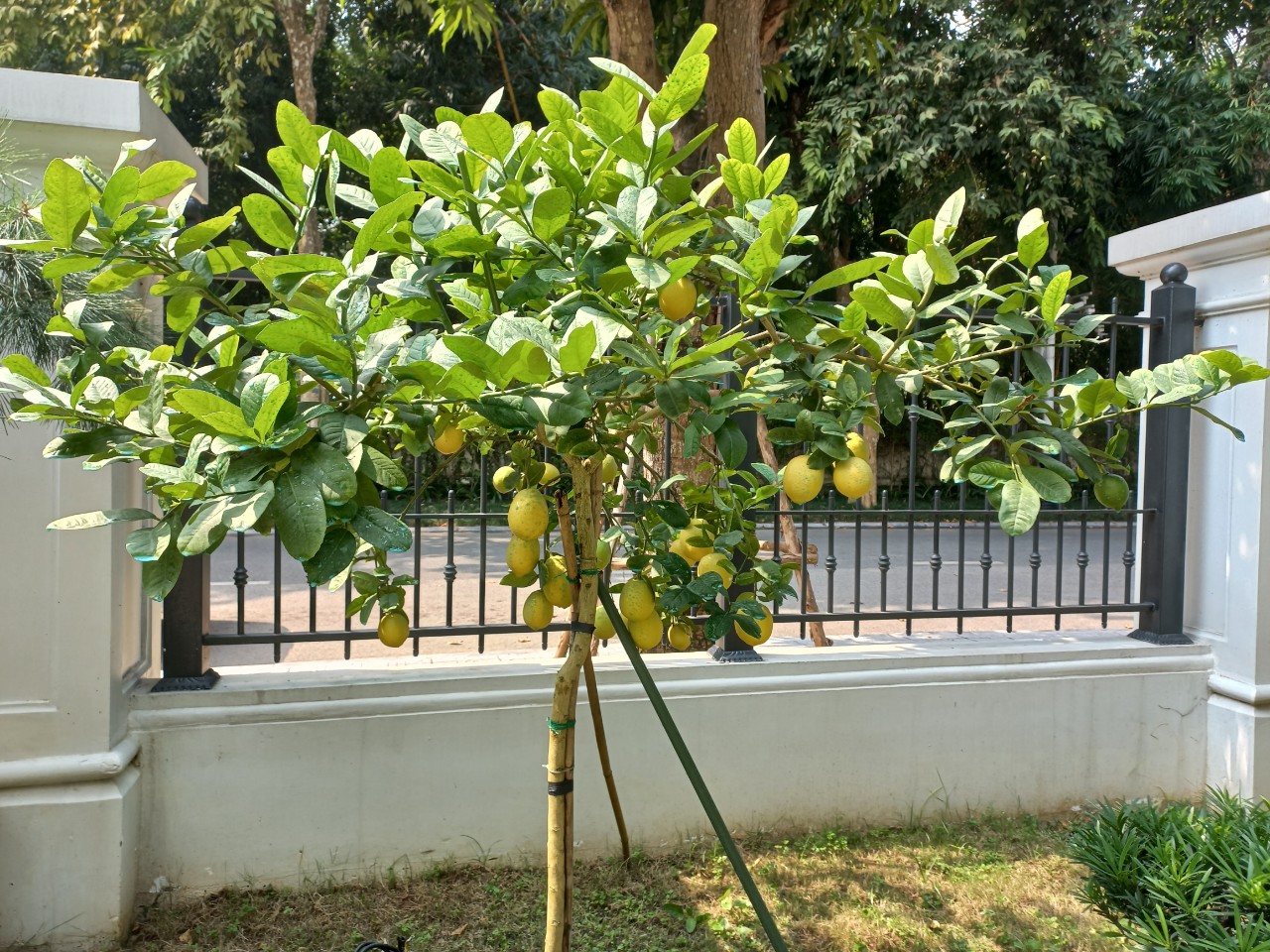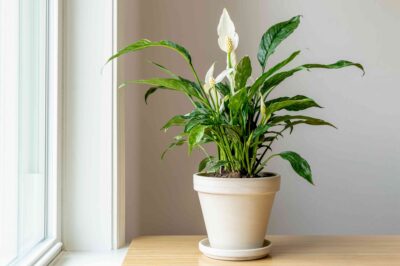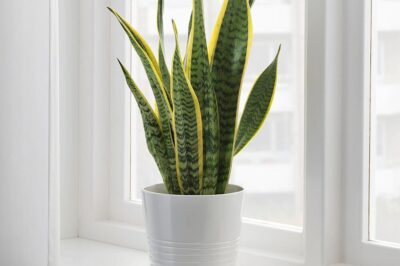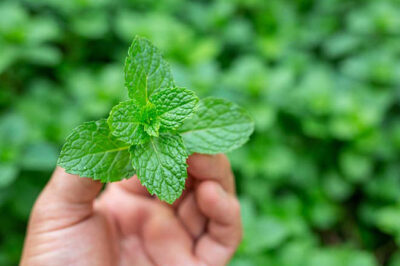Learn how to grow a yellow lemon tree at home with this complete step-by-step guide. Discover the best soil, sunlight, watering tips, and care instructions for healthy lemon trees.
Yellow lemons, also known as Eureka or Lisbon lemons, are not only delicious and rich in vitamin C but also surprisingly easy to grow at home. Whether you have a backyard or just a sunny balcony, growing your own lemon tree can be both fun and rewarding. In this guide, we’ll show you exactly how to grow a yellow lemon tree step by step, from seed to harvest.

1. Choosing the Right Lemon Variety
For home gardening, the best yellow lemon varieties are:
Eureka Lemon – Popular and produces fruit year-round.
Lisbon Lemon – Hardy and ideal for cooler climates.
Improved Meyer Lemon – A hybrid that’s slightly sweeter and compact in size.
2. Growing Lemon Tree from Seed or Sapling
From Seed:
Use organic lemons to avoid treated seeds.
Rinse seeds and let them dry overnight.
Plant seeds in a small pot with moist seed-starting soil.
Cover with plastic wrap to retain moisture.
Germination may take 2–4 weeks.
From Sapling:
Buy a 1–2-year-old lemon tree from a nursery.
Choose a healthy plant with no visible pests or diseases.
3. Best Soil for Lemon Trees
Lemon trees prefer:
Well-draining soil – Loamy or sandy soil is ideal.
pH level – Slightly acidic, between 5.5 and 6.5.
You can mix garden soil with compost and perlite to improve drainage.
4. Light and Temperature Requirements
Sunlight – At least 6–8 hours of direct sunlight daily.
Temperature – Best between 70–85°F (21–29°C).
Protect young plants from frost or move pots indoors in cold weather.
5. Watering and Fertilizing
Watering – Keep the soil moist but not soggy. Water deeply when the top 1 inch of soil is dry.
Fertilizer – Use citrus-specific fertilizer every 4–6 weeks during growing season (spring to early fall).
6. Pruning and Maintenance
Prune in late winter or early spring to shape the tree and remove dead branches.
Regularly check for pests like aphids, spider mites, or scale insects.
Use neem oil or organic insecticidal soap if pests appear.
7. Harvesting Lemons
Lemons take 6–9 months to ripen.
Ripe lemons are bright yellow and slightly soft to the touch.
Use scissors or pruning shears to harvest without damaging the plant.
8. Growing Lemon Trees in Pots
If space is limited:
Choose a pot at least 12–14 inches in diameter with drainage holes.
Use lightweight potting mix designed for citrus or container plants.
Rotate the pot regularly to ensure even sun exposure.
Conclusion
Growing your own yellow lemon tree at home is a satisfying project that brings fresh, organic lemons right to your kitchen. With the right care, even beginners can enjoy a healthy and productive citrus tree year-round. Follow this guide, and soon you’ll be harvesting your very own juicy yellow lemons!
News
Unlock the Secret to Growing a Thriving ZZ Plant
The ZZ Plant (Zamioculcas zamiifolia), with its glossy, upright leaves, is a nearly indestructible houseplant that’s perfect for beginners and…
How to Grow Peace Lily: A Complete Care Guide
The Peace Lily (Spathiphyllum) is a beloved houseplant known for its elegant white blooms and lush green foliage. Its air-purifying…
How to Grow Snake Plant: The Ultimate Care Guide
Snake Plant, or Sansevieria, is a tough, low-maintenance houseplant known for its long, upright, sword-like leaves. With its striking green…
How to Grow Mint at Home: A Complete Beginner’s Guide
Discover how to grow mint at home in pots or gardens. This easy guide covers planting, care, and harvesting tips…
How to Grow Monstera Deliciosa: A Complete Care Guide
Monstera Deliciosa, often called the Swiss Cheese Plant, is a tropical beauty known for its large, heart-shaped leaves with unique…
How to Grow Tomatoes at Home: Easy Guide for Juicy, Healthy Tomatoes
Want to grow tomatoes at home? Learn how to plant, care for, and harvest juicy tomatoes with this step-by-step gardening…
End of content
No more pages to load












